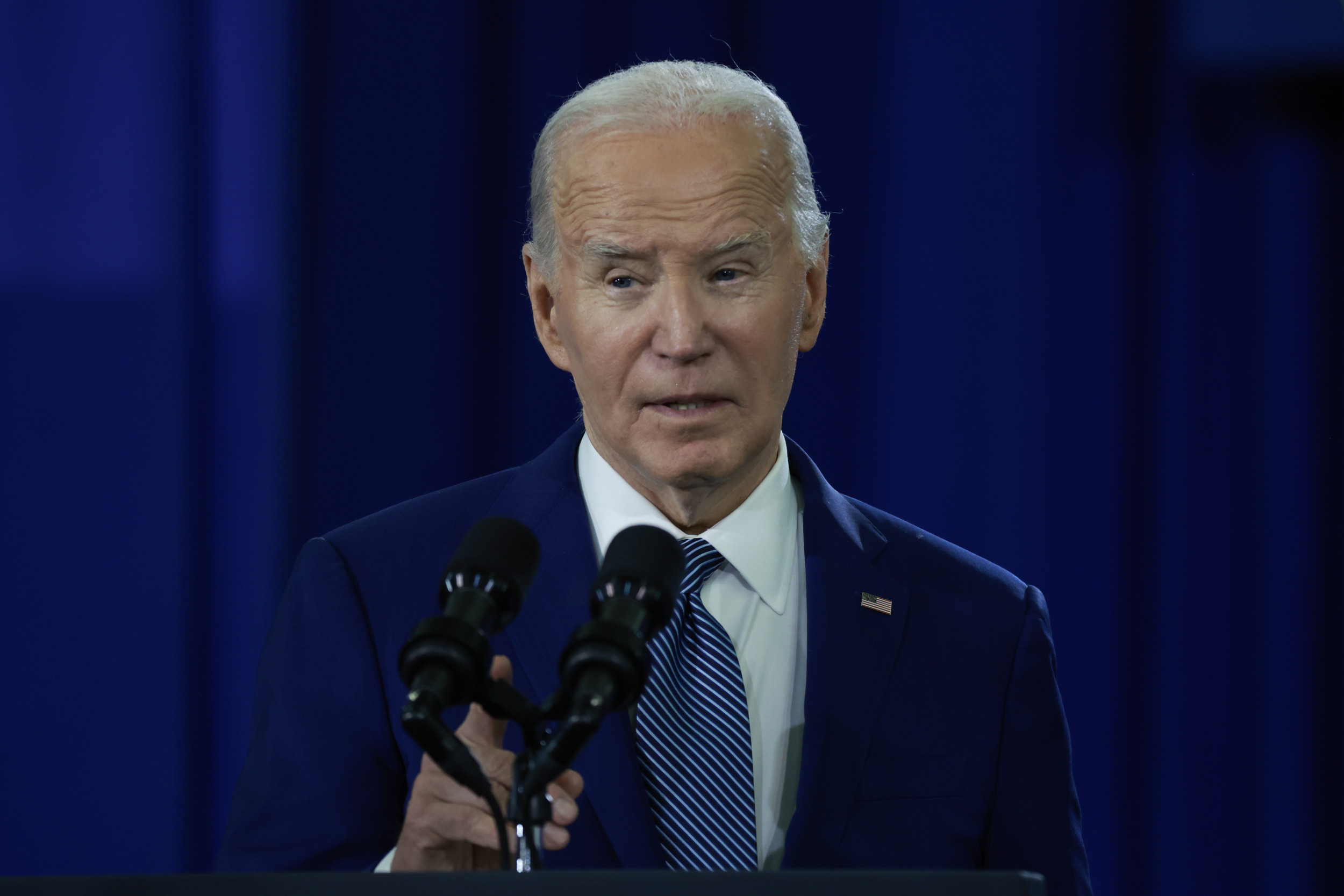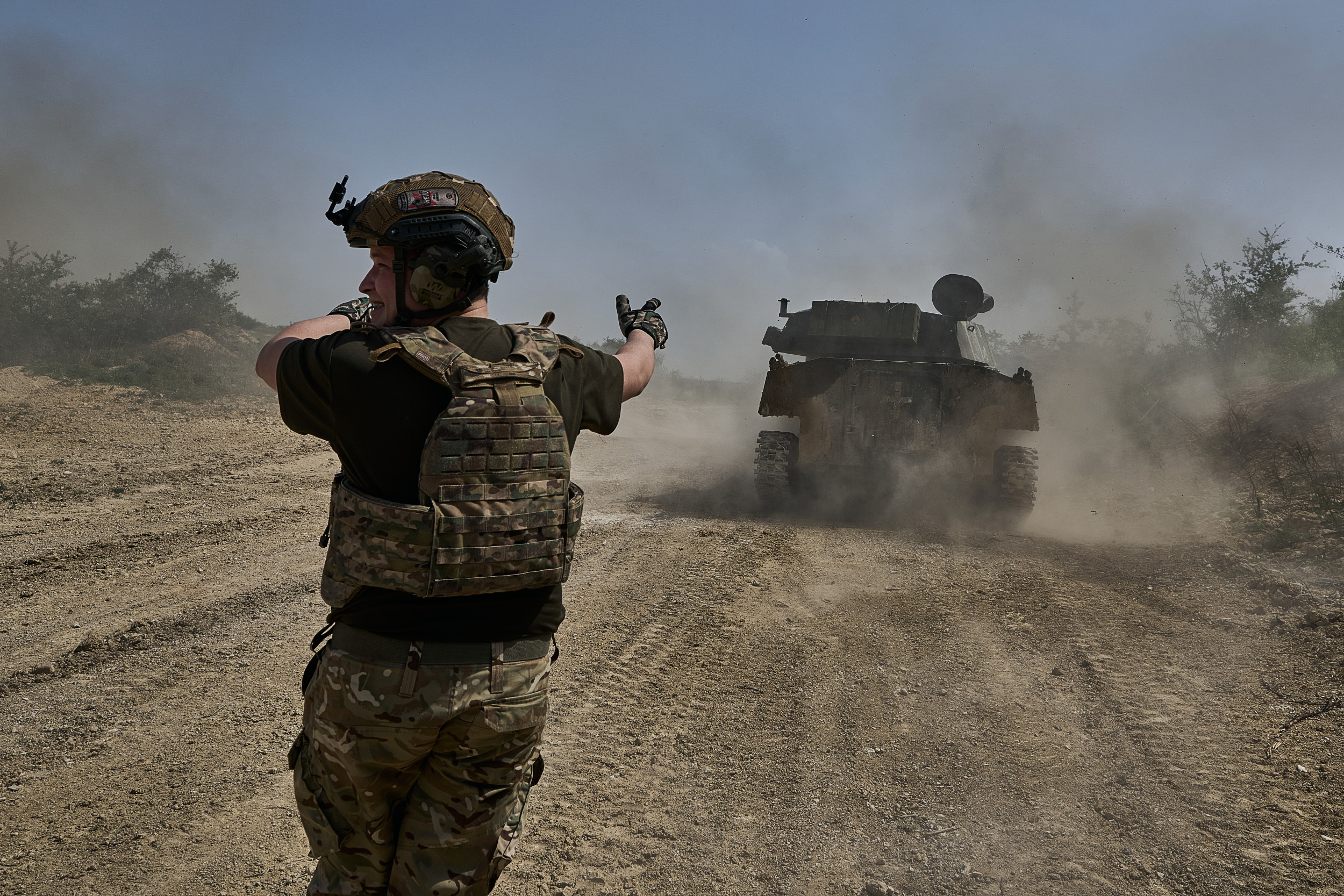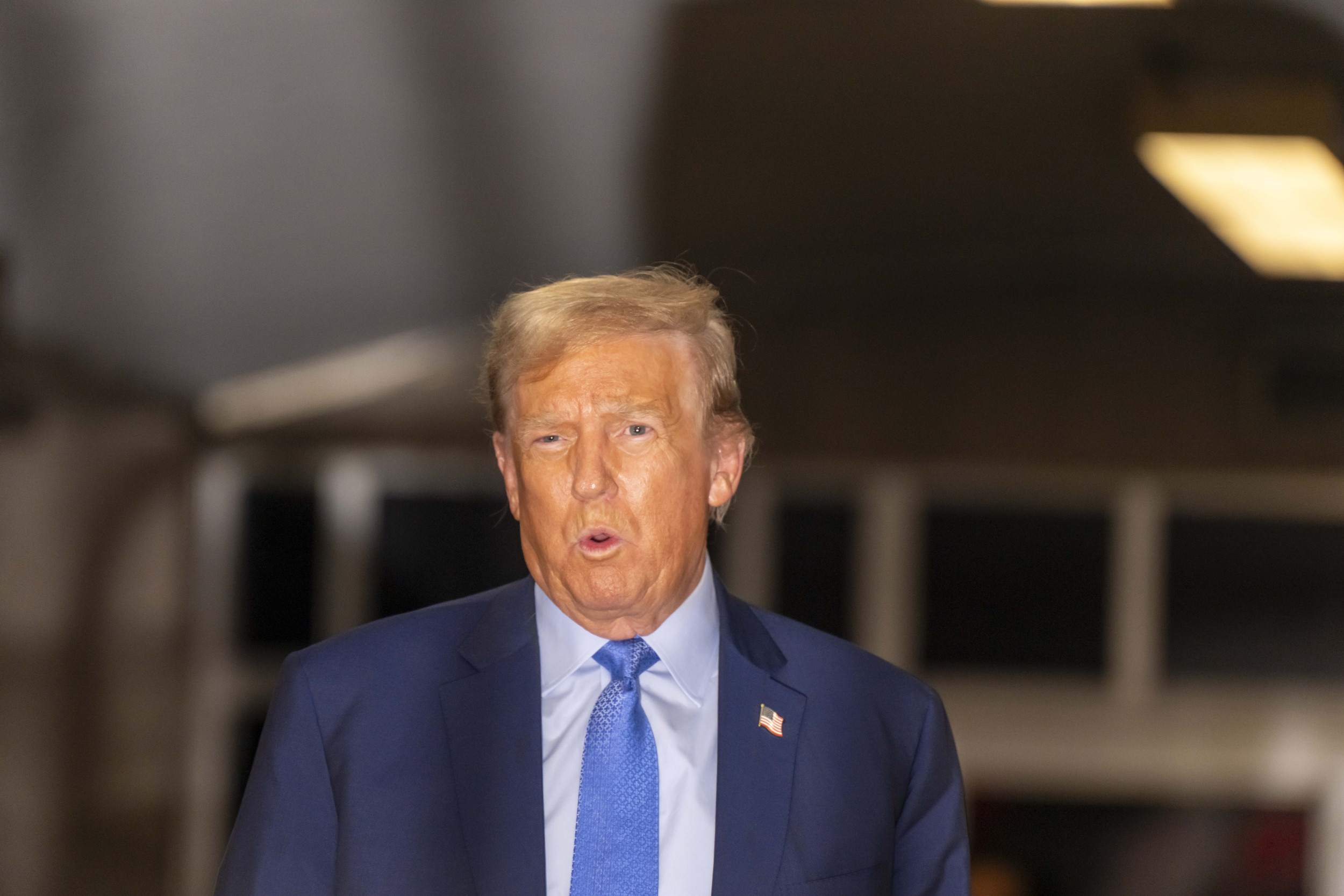The services of the U.S. armed forces have led or joined at least 20 multinational training events in the Western Pacific since January, many with the aim of maintaining readiness to face adversaries including North Korea and strategic rivals like China.
In the Indian and Pacific oceans—a combined theater of operations the Pentagon says will remain a priority for decades to come—American troops have been deployed for nearly 10 weeks in various bilateral, trilateral and multilateral exercises. This is according to public releases by the Hawaii-based U.S. Indo-Pacific Command or its regional constituents.
Last month, on the second anniversary of the Biden administration's Indo-Pacific strategy, the National Security Council said "historic progress" had been made to ensure the region remained favorable to the United States and American staying power in an age of great power competition.
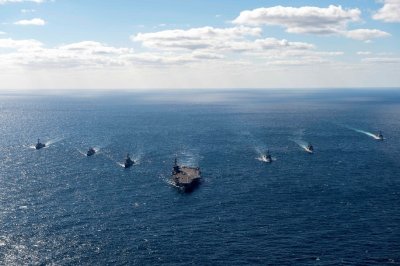

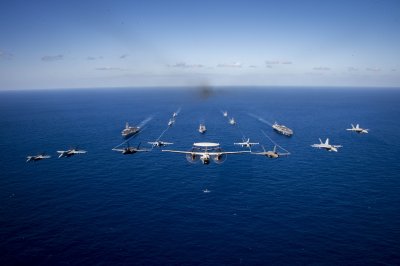
Advisers of President Joe Biden, who campaigned on a promise to reinvigorate existing alliances in the region, have touted successes including a growing trilateral defense partnership between the U.S., South Korea and Japan. This was once thought unlikely because of decades-long wartime grievances.
The breakthrough at Camp David last August sent a clear message to China, as did the Philippine decision earlier in the year to grant visiting U.S. forces greater access to bases in strategic locations.
Leaders in Beijing have accused their American counterparts of waging a new Cold War amid a multifaceted rivalry that spans trade, technology, military and global governance. They have also accused Washington of "building small exclusive blocs to grossly interfere in China's internal affairs, slander China and instigate confrontation."
A Newsweek graphic that tracks 21 publicly announced events in 2024 shows the U.S. military maintaining a constant presence in the Western Pacific, including in the seas and airspace on China's periphery.
In at least nine exercises in January, the U.S. Navy held multilateral anti-submarine war games in Guam; sailed with the Philippine navy in the South China Sea; led trilateral drills with South Korea and Japan in the East China Sea; and conducted a dual aircraft-carrier exercise in the Philippine Sea with Japan's Maritime Self-Defense Force.
The same month, the U.S. Army trained with South Korean and Japanese ground forces, and the U.S. Air Force flew two B-1B bombers to Singapore for bilateral training.
In late January, a Navy destroyer sailed through the Taiwan Strait, drawing condemnation from the Chinese military, and the U.S. Coast Guard held capacity-building training in the Marshall Islands with partners from the Pacific Islands.
"Practicing power projection throughout the Indo-Pacific during peacetime is critical for ensuring readiness and deterrence in times of contingency," Craig Singleton, a senior fellow at the non-partisan Foundation for Defense of Democracies, a Washington think tank, told Newsweek.
"These exercises enhance interoperability among regional allies and partners, bolstering our collective ability to respond swiftly and effectively to emerging security challenges," Singleton said.
"Additionally, they send a clear signal of resolve to potential adversaries—namely China—deterring aggression and promoting stability in the region," he added.
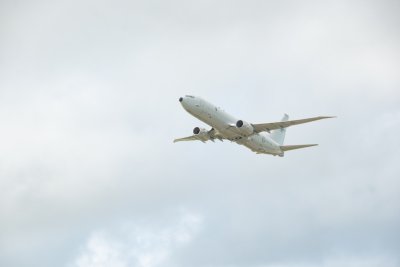

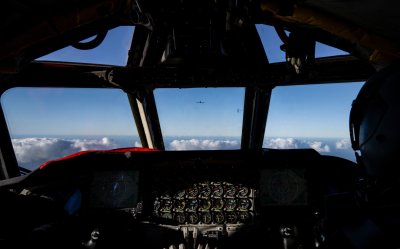
Among a dozen publicly announced events in February was the largest annual multilateral air drills hosted by Anderson Air Force Base in Guam, where 2,400 troops gathered, according to the U.S. Pacific Air Forces.
The Navy returned to the South China Sea with warships from Japan and Australia earlier in the month, and then jointly patrolled Beijing-claimed maritime zones with U.S. treaty ally Manila. A nuclear-capable Air Force B-52H bomber was later escorted by Philippine fighter jets over the same waters.
At its monthly press conference on Thursday, China's Defense Ministry accused the Philippines of roping in an extra-regional power to "stir up the South China Sea," over which Beijing continues to claim sovereignty.
Aaron-Matthew Lariosa, Washington-based independent Indo-Pacific security analyst, told Newsweek that the U.S.-Philippine bomber patrol was notable, even if its "operational value" was unclear.
"Coming after increased tensions between Beijing and Manila in the South China Sea, these joint patrols aim to demonstrate solidarity and resolve from Washington to its oldest ally in the Indo-Pacific," said Lariosa.
"The presence of U.S. aircraft and vessels shows tangible American presence to Philippine forces, who are outmatched quantitatively and qualitatively by their Chinese counterparts," he added.
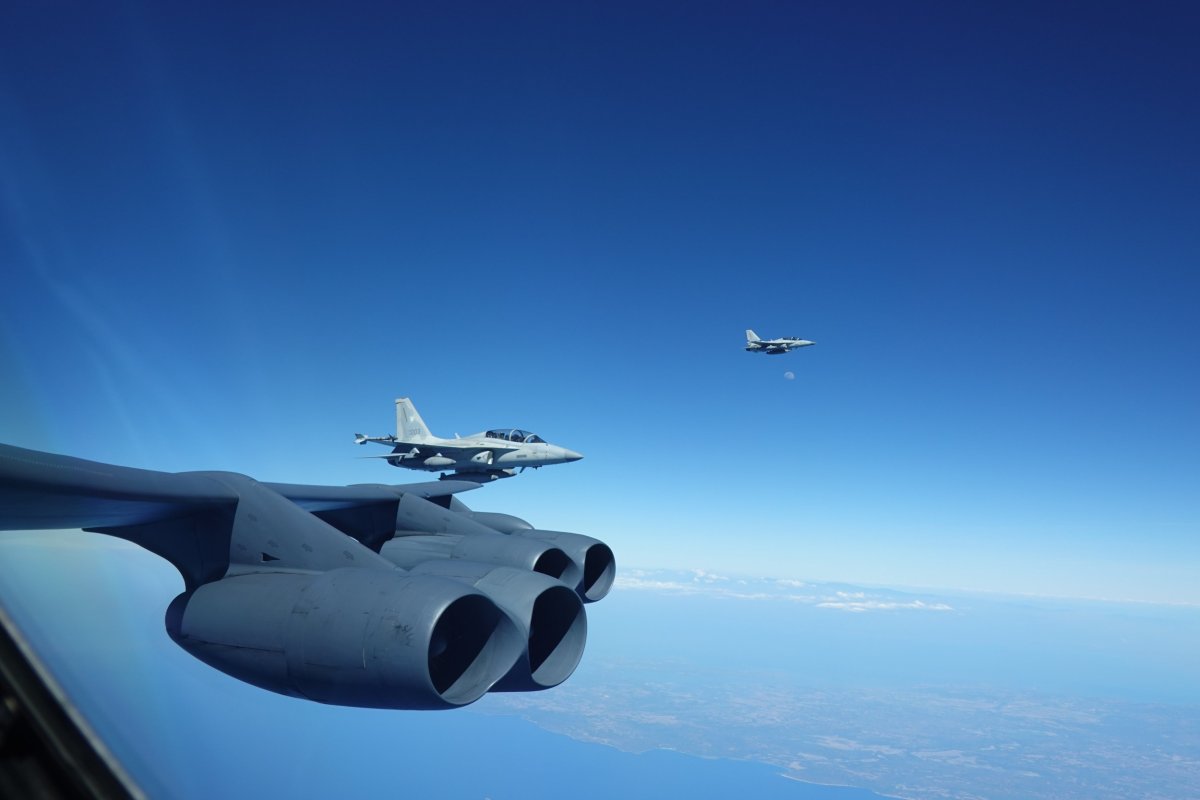
Also last month, the U.S. Marine Corps trained with counterparts in South Korea, and the Navy held special forces exercises on Japan's Okinawa island, which hosts the most forward-deployed American troops anywhere in the world outside of U.S. territory.
In the South Pacific, the Coast Guard spent a week helping the island country Kiribati patrol its vast exclusive economic zone, boarding two Chinese fishing vessels for routine inspections in the process.
The U.S. Pacific Fleet said, in late February, the Navy was in the Bay of Bengal to join an India-led multinational exercise, which included attendees from Russia and Iran, but not China.
U.S. forces are in Nepal for peacekeeping training and are jointly hosting a multinational exercise in Thailand, to which the Chinese People's Liberation Army sent 25 personnel. Both events continue until early March.
Major bilateral training exercises by U.S. forces in Japan and South Korea—including simulated war games—were not counted.
Beijing has in recent years pushed back on the U.S.'s extensive military presence off its shores. Air Force flights and Navy operations in nearby seas have been met by dangerous intercepts, the U.S. Defense Department said last year.
U.S.-China relations, which have nosedived in recent years, have stabilized since Biden and Chinese leader Xi Jinping's November meeting in San Francisco, during which both sides agreed to reestablish military-to-military dialogue.
In late January, its spokesperson, Wu Qian, said tensions were the result of U.S. military "provocations at China's doorstep," including "long-term, large-scale and frequent close-in reconnaissance in the waters and airspace around China."
The Pentagon says the U.S. military "flies, sails and operates anywhere international law allows."
In an episode of the War on the Rocks podcast released last month, Ely Ratner, assistant secretary of defense for Indo-Pacific security affairs, said the U.S. would need to innovate its strategies to keep peace in the Pacific amid China's military buildup.
"We are also developing new operational concepts that make it much more difficult for China to succeed with the type of capability and strategy it has been building, certainly to the extent that it's been building its forces against an old American way of war," Ratner said.
"And we're working with allies and partners in the region as well to present a broader set of challenges for China, so it has to consider, if it starts a war against the United States, might that metastasize into a broader regional war against other allies and partners," Ratner added.
The Chinese Defense Ministry did not answer multiple calls and emails seeking comment.
Uncommon Knowledge
Newsweek is committed to challenging conventional wisdom and finding connections in the search for common ground.
Newsweek is committed to challenging conventional wisdom and finding connections in the search for common ground.
fairness meter
To Rate This Article
About the writer
John Feng is Newsweek's contributing editor for Asia based in Taichung, Taiwan. His focus is on East Asian politics. He ... Read more
To read how Newsweek uses AI as a newsroom tool, Click here.



